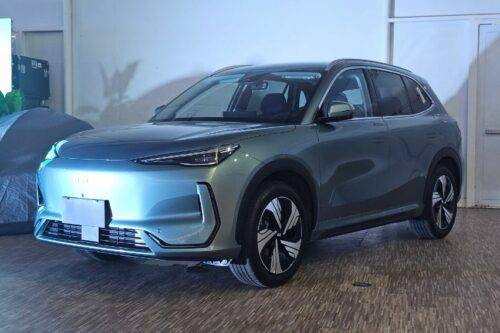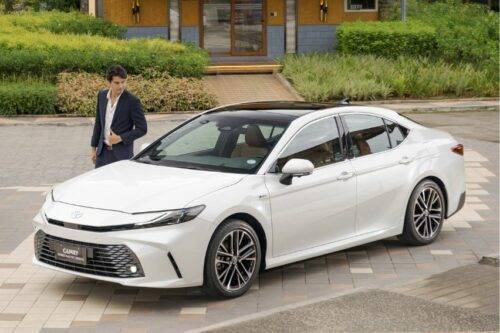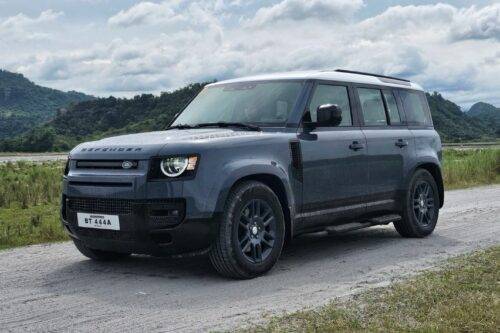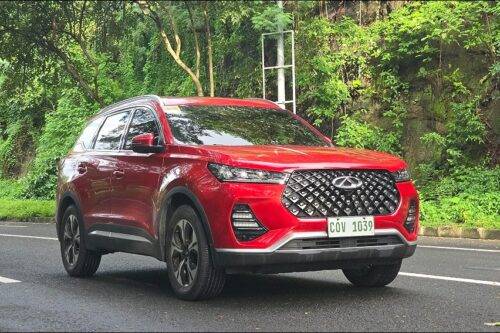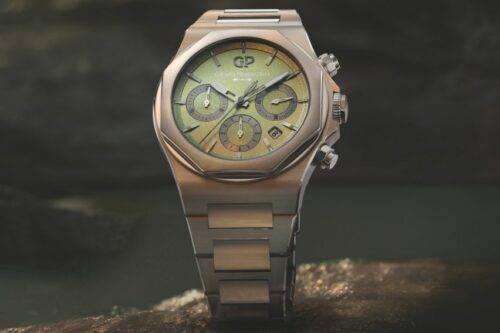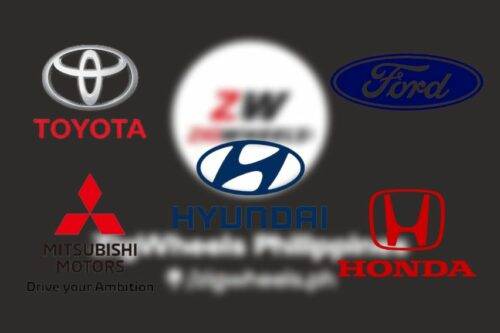Hyundai, Rolls-Royce to bring all-electric propulsion, hydrogen fuel cell technology to advanced air mobility
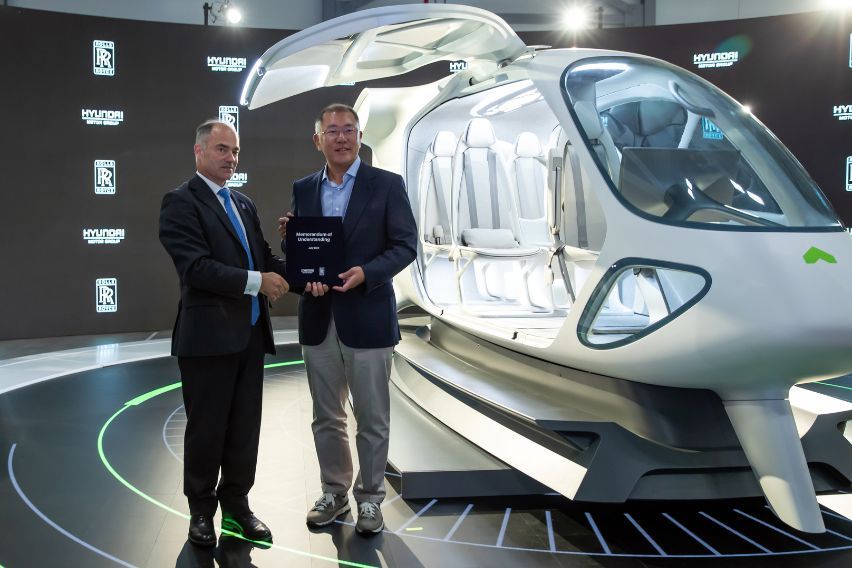
MANILA: Hyundai Motor Group and Rolls-Royce will be working together to develop an all-electric propulsion and hydrogen fuel cell technology for the Advanced Air Mobility (AAM) market.
KEY TAKEAWAYS
What are the strategic goals of the Memorandum of Understanding between Hyundai and Rolls-Royce?
The strategic goals include collaboration on the technology development and requirements of power and propulsion systems for Hyundai’s AAM Division, collaboration on the industrialization of Rolls-Royce power and propulsion systems for the AAM market, development of electric propulsion systems based upon hydrogen fuel cells as an energy source for Hyundai’s RAM platforms, collaboration to bring a joint fuel-cell electric propulsion system to the wider AAM market, and delivery of a joint fuel-cell electric aircraft demonstration by 2025.What are the benefits of using a hydrogen fuel cell system in an all-electric aircraft propulsion system?
A hydrogen fuel system makes an all-electric aircraft propulsion system zero-emission, silent, and a dependable on-board power source that enables scalability in power offerings as well as long-distance flight range.Hyundai and Rolls-Royce both aim to be a pioneer in providing battery electric and fuel cell electric solutions to the Urban Air Mobility (UAM) and Regional Air Mobility (RAM) markets.
Hyundai revealed its AAM business roadmap earlier this year, covering the UAM and RAM markets to provide sustainable air mobility solutions. Hyundai’s US-based Supernal unit targets to start commercial services of UAM business in 2028, while Hyundai targets to start providing RAM services in the 2030s.
Meanwhile, Rolls-Royce has begun its journey to net zero carbon emissions in 2021 and this includes electrical technology. Rolls-Royce aims to make its new models compatible with net zero carbon operation by 2030. The company plans to make its entire range compatible with net zero carbon by 2050.
The signing ceremony was held at Supernal’s booth at Farnborough Airshow in England. Present in the event were Rolls-Royce Chief Executive Officer Warren East, Rolls-Royce Chief Technology and Strategy Officer Grazia Vittadini, Rolls-Royce Electrical President Rob Watson, Hyundai Motor Group Executive Chair Euisun Chung, Hyundai Motor Group AAM Division President and Head Jaiwon Shin, and Hyundai Motor Group AAM Division Vice President Jaeyong Song.

The strategic goals of the Memorandum of Understanding (MOU) include collaboration on the technology development and requirements of power and propulsion systems for Hyundai’s AAM Division, collaboration on the industrialization of Rolls-Royce power and propulsion systems for the AAM market, development of electric propulsion systems based upon hydrogen fuel cells as an energy source for Hyundai’s RAM platforms, collaboration to bring a joint fuel-cell electric propulsion system to the wider AAM market, and delivery of a joint fuel-cell electric aircraft demonstration by 2025.
“We are pleased to partner with Rolls-Royce to draw upon their aviation and certification expertise to accelerate the development of hydrogen fuel-cell propulsion systems,” Shin stated. “Hyundai has successfully delivered hydrogen fuel cell systems to the global automotive market and is now exploring the feasibility of electric and hydrogen propulsion technologies for aerospace integration. We believe this to be the key technology to support the global aviation industry’s goal to fly net zero carbon by 2050.”
For Rolls-Royce’s part, Watson said, “We are delighted to partner with Hyundai Motor Group which provides a valuable opportunity to leverage and build on the capabilities each company brings from the aerospace and automotive sectors. The Advanced Air Mobility Market offers great commercial potential, and this collaboration supports our joint ambitions to lead the way in the Advanced Air Mobility Market. It is also another demonstration of Rolls-Royce’s role in delivering the solutions that will enable passengers to travel sustainably and help deliver net zero carbon by 2050.”
Hydrogen fuel system makes an all-electric aircraft propulsion system zero-emission, silent, and a dependable on-board power source that enables long-distance flight range.
Photos from Hyundai Motor Group
Also read: Hyundai airdrops NFT collection inspired by Ioniq 6
Sell your car at the best price
 Verified and genuine buyers
Verified and genuine buyers
Hyundai Car Models
Trending & Fresh Updates
- Latest
- Popular
You might also be interested in
- News
- Featured Stories
Hyundai Featured Cars
- Latest
- Popular
Hyundai Car Articles From Carmudi
- journal
- financing
- insurance
























